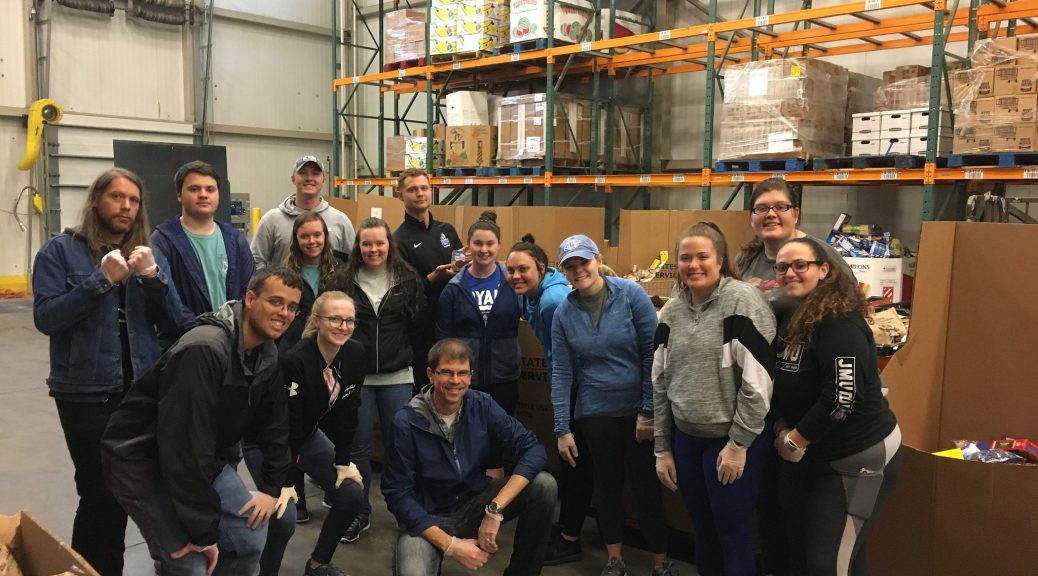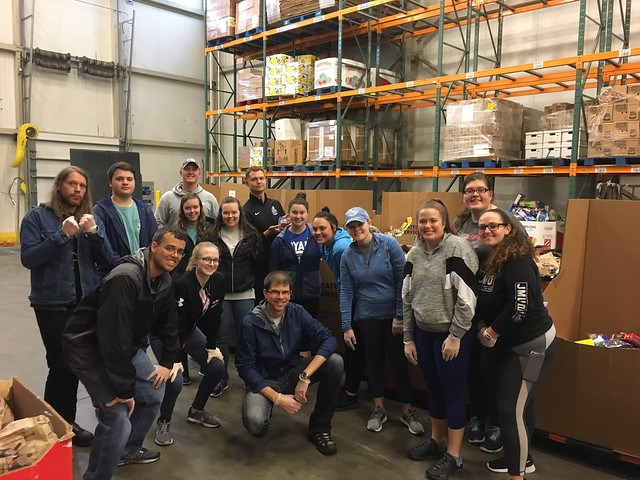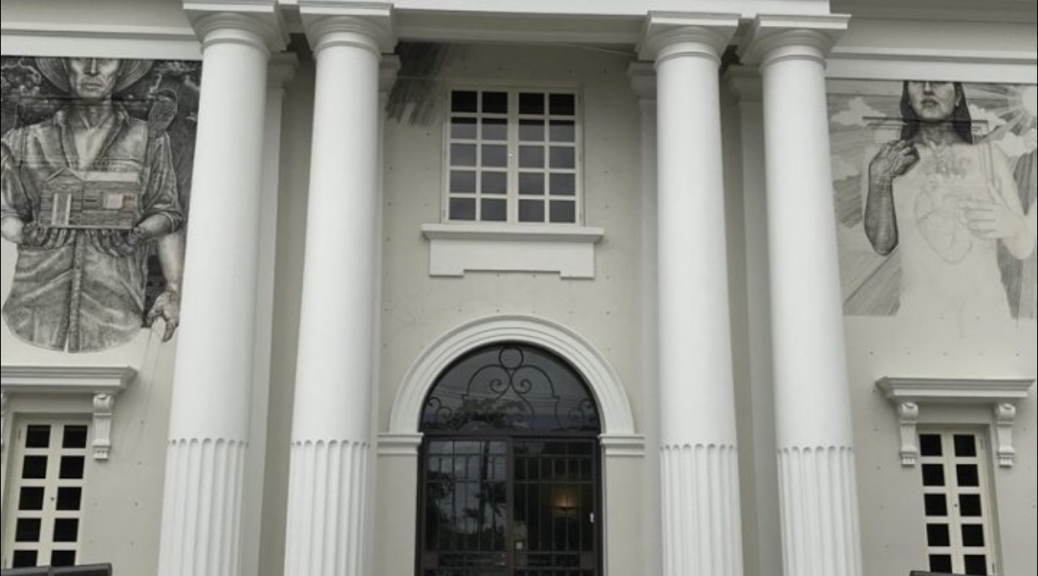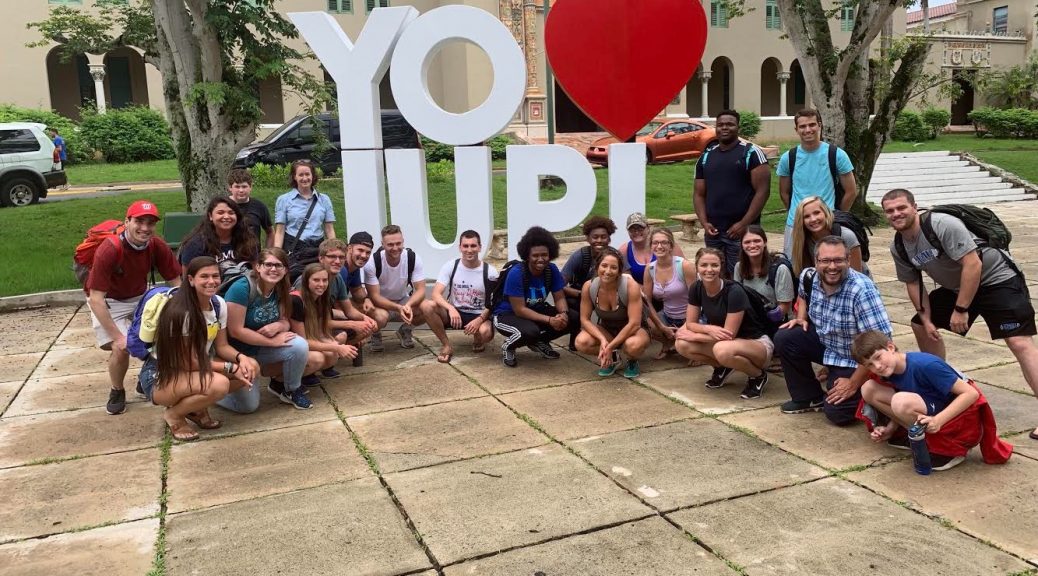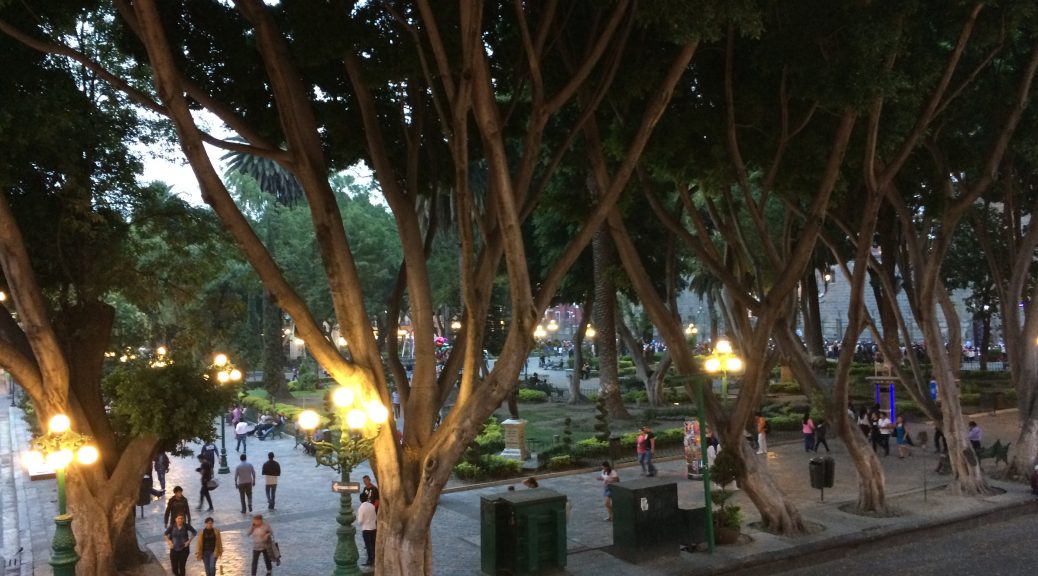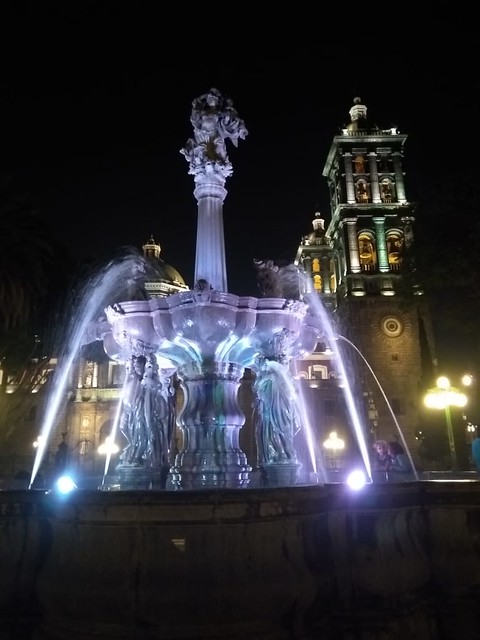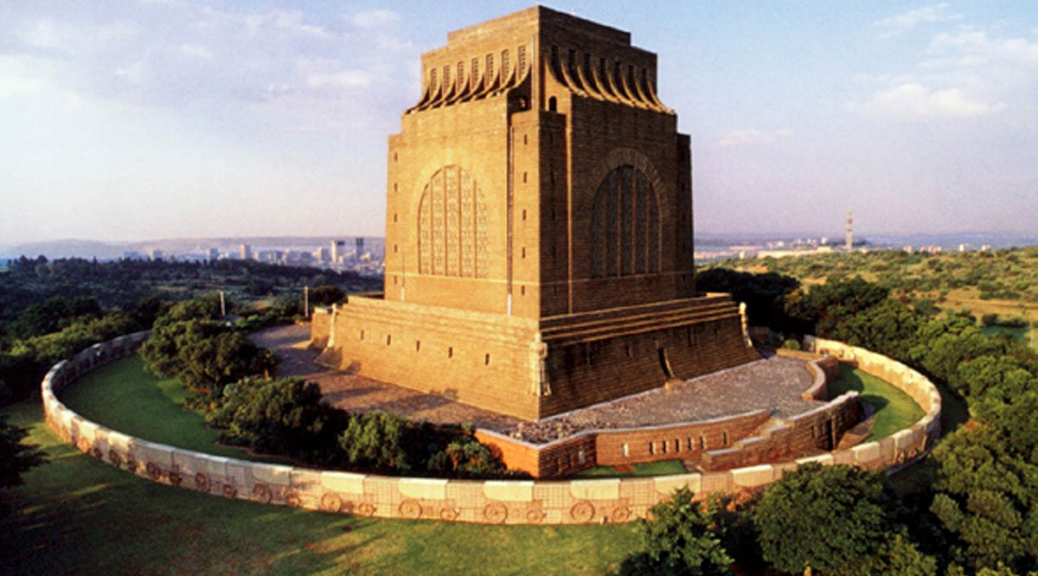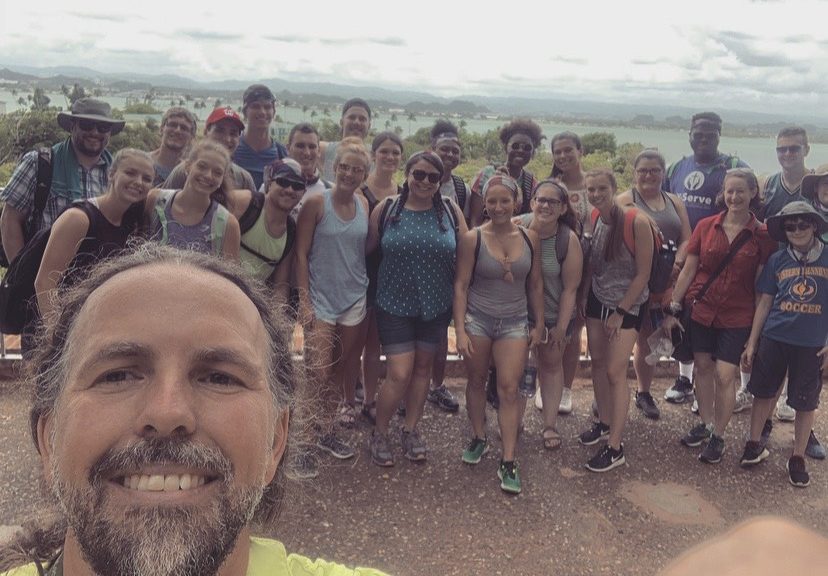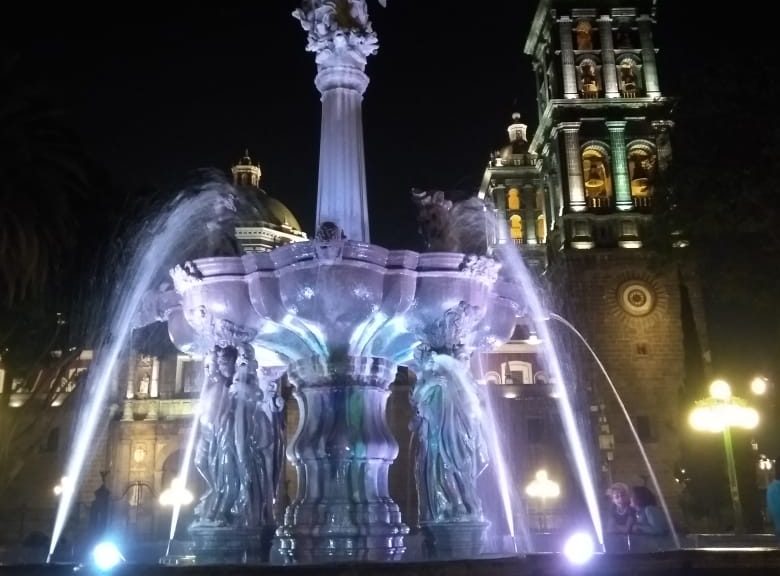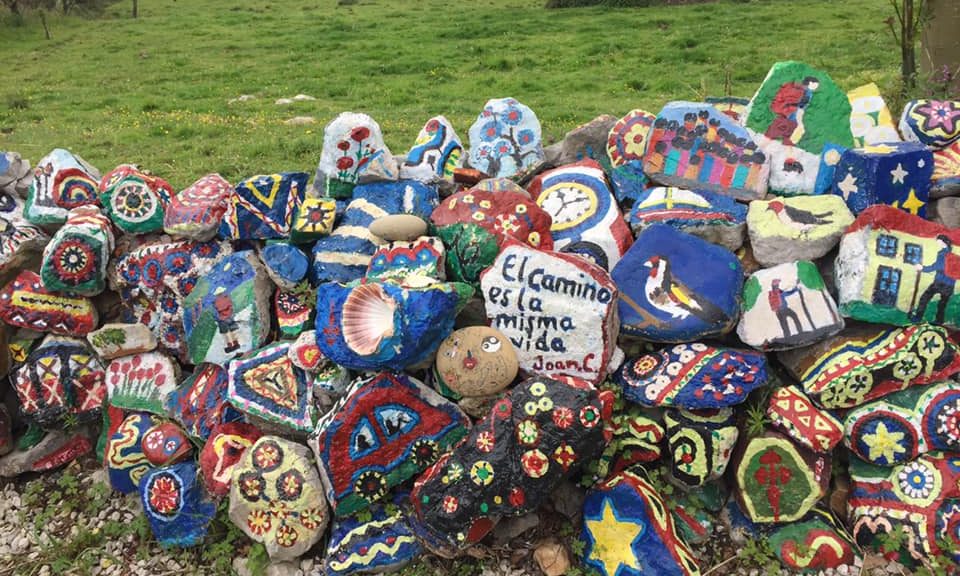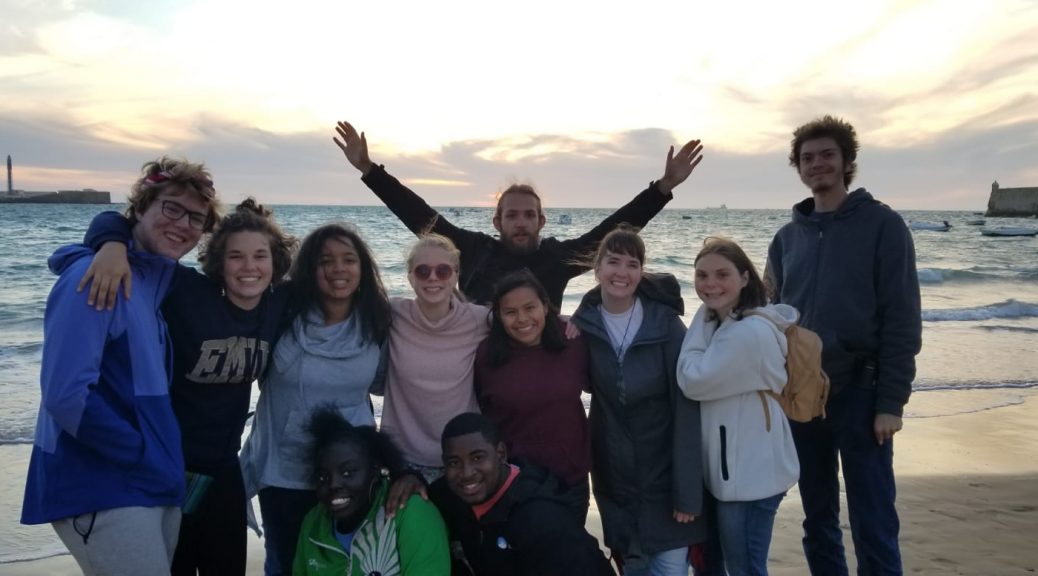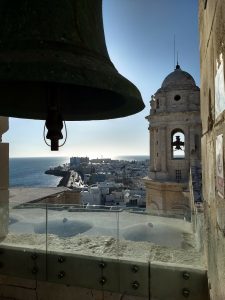May 6-24, 2019
Puerto Rico: Home stays
This week has been filled with new people, new experiences, and new destinations. One of these new experiences has included the opportunity to take Spanish classes, which has allowed us to expand our vocabulary and improve our ability to communicate in Puerto Rico. These Spanish classes were conducted at ISLA. T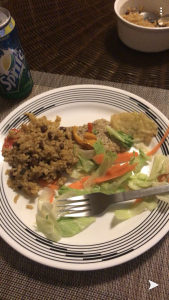 his week, students were assigned to live with local families. This has been a unique opportunity to fully immerse ourselves in authentic Puerto Rican culture. I have learned so much from my host family including: agape love, hospitality, and genuine kindness. In addition to our Spanish classes and home stays, we also took group trips to museums, which included Museo de Arte in San Juan and the Museo de Arte, Historia y Anthropologia.
his week, students were assigned to live with local families. This has been a unique opportunity to fully immerse ourselves in authentic Puerto Rican culture. I have learned so much from my host family including: agape love, hospitality, and genuine kindness. In addition to our Spanish classes and home stays, we also took group trips to museums, which included Museo de Arte in San Juan and the Museo de Arte, Historia y Anthropologia.
Lead photo taken at the Museo De Arte De Puerto Rico in San Juan
Dinner at our home stay. *Pork, rice, beans, and salad. This was a meal prepared by our host mom that was absolutely delicious.

Our week has consisted of many laughs, stories, and getting to know one another. Sonya and her husband Adriano, welcomed us into their home with open arms and kindness. Each day we ate breakfast and dinner all together at their dining room table that was prepared for us by Sonya. This picture was taken at Plaza Las Americas, the mall in San Juan. Sonya took us out shopping for a “girl’s evening” on one of our first nights with her. We feel blessed to have spent this week with our host parents. It has given us the opportunity to learn more about Puerto Rican culture and experience life through others’ perspectives.
Next week we will be visiting the south end of Puerto Rico and continuing our adventure.
-Emily Oyler and Michaela Nichols
Puerto Rico: bringing people together
25 May 2019
Our Catamaran trip was such an amazing experience!! We started out our trip on a 45-minute ride out to the small island of Cayo Icacos. It was beautiful there with the white sand and clear water (where the picture below was taken). Here, we practiced snorkeling, swimming, and had the opportunity to lay out on the beach or boat. After we ate lunch on the boat, we 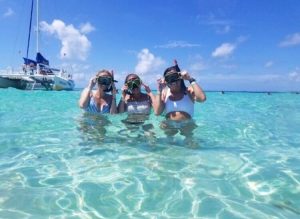 headed out to the middle of the water where the Caribbean Sea met the Atlantic Ocean. It was awesome to see the rough Atlantic waves coming into the calm Caribbean Sea. We stayed on the Caribbean side to snorkel since it was much calmer. While snorkeling we saw a coral reef along with many different fish. It was beautiful! This experience with all of my friends was wonderful and one that I will never forget!!
headed out to the middle of the water where the Caribbean Sea met the Atlantic Ocean. It was awesome to see the rough Atlantic waves coming into the calm Caribbean Sea. We stayed on the Caribbean side to snorkel since it was much calmer. While snorkeling we saw a coral reef along with many different fish. It was beautiful! This experience with all of my friends was wonderful and one that I will never forget!!
– Chrissy Delawder
30 May 2019
This past week in Puerto Rico has changed my life! I never thought I would be this impacted and see so many places in such a short amount of time. From white sandy beaches to the El Yunque Rainforest, from historic landmarks and battlefields, to museums, community centers, Spanish class, and plenty more…our group has seen and been a part of so much! Something that I see everywhere we go is how humble the people are. Hurricane Maria impacted this beautiful place detrimentally, of course, but many people saw the  hurricane as a blessing to bring them together, re-build, and find ways to sustain themselves and protect one another from future hurricanes. I am blown away by how the people we have talked with have handled the situation they were put in, and I think we can all take away a lot from their constant positivism .
hurricane as a blessing to bring them together, re-build, and find ways to sustain themselves and protect one another from future hurricanes. I am blown away by how the people we have talked with have handled the situation they were put in, and I think we can all take away a lot from their constant positivism .
In addition, we started home-stays this week, and this is a much different experience than I could have ever imagined, but in a great way! My host mom is sweet and makes sure we get our bellies full before bed every night! I got the chance to sit down and talk with her last evening and really get to know her more! After home-stays finish here in a few days, we will be heading off to Ponce, Puerto Rico to continue learning, exploring, and serving. I can’t wait to see what this next week and a half holds for our group!
-Ally Coffey
Mexico: Puebla
May 16, 2019
I have had so much fun attending Spanish classes at the Spanish Institute. My teacher makes class very fun and I really enjoy going. She has taught us many useful words and phrases that can be used during our time here in Mexico. She taught us how to order food and how to have a conversation with a doctor since a lot of people in our group are sick. I enjoy learning things like this because they are very applicable in this setting.
I have ventured to many places in Puebla with my language partner, Regina, this week. We both get along so well and have so much in common despite the language barrier and cultural differences that we have. She speaks English pretty well and is able to explain things in English when I am confused which I appreciate so much. She has taught me how to ask questions in markets and has also taught me new vocabulary to use on the streets. On Tuesday (5/14), we spent our afternoon in a cute little cafe near the Zocalo. She taught me how to order a drink and answered my questions about tipping standards in Mexico. I got a mango smoothie this day and it was very good. On Wednesday (5/15), we spent time at the farmers market with a group. She showed me everything and taught me the names of so many fruits and vegetables that I didn’t know. She pointed out many things that I should try to eat and experience in Mexico.
On Thursday (5/16), we went to a market called Parian. This would have to be my favorite experience with my guide. We literally looked at everything twice. Everything was so beautiful and colorful. There were so many awesome things there to buy as gifts for my family and friends back home. I even bought myself a bracelet and two backpacks which I will probably use forever. Right next to this market was an area full of local street artist. She told me that it was her favorite place to go and I was so fortunate that she shared her secret get away spot with me. It was so cool seeing local people paint on the streets and peeking into their art galleries that were tucked away in little entry ways. I thought it was cool that this area had a pair of Angel wings that people could take pictures with to make it look like they have wings.
So far in Puebla, I am loving everything and all that it has to offer. My goal this week is to order a cemita on my own and eat the entire thing because they look so good. As I explore Puebla this week and get more information about the impact of Spanish colonial rule, I would like to know if Poblanos still practice or have adopted some Spanish culture like food or practices. I do think that life in Puebla today still reflects the colonial era just in the character that the entire city has. The buildings are absolutely beautiful and very historic. They are very eye catching and I love looking at the different tiles that buildings use. I have experienced many attitudes in the structure of life here. Everyone is so friendly and come up to talk to you whether they know you or not. I really appreciate how friendly everyone is and how they are always willing to help. Everyone is so generous and giving. This was also evident in Mexico City and I just love how warm and welcoming everyone is. Especially my host mom. She is absolutely wonderful and so kind. She makes sure that we have everything that we could possibly need and makes sure that she teaches us new Spanish every time we speak.
-Casey Coleman
South Africa: understanding the Boer narrative
What we’ve experienced, which has provoked much thought and emotion, are the many ways in which one history can be told. In the last blog post, we focused on the how the oppressed experienced apartheid, which, on this cross-cultural, is intentionally what we’re choosing to focus on first. In this blog post, we will elaborate on the narrative that the apartheid regime wanted to be heard. And it was, and still is in ways, heard loud and clear. Here we will go into depth of the white, Afrikaner historical perspective of apartheid.
So the day after we went to the Apartheid Museum, we went to the Voortrekker Monument, which told a narrative beginning in the early to mid 1800s. We traced a very specific picture that was being painted through the carvings of the walls of the monument; the bias was in favor of the Afrikaners and what they would consider their struggle.
Here’s what we gathered: the Dutch didn’t come intending to settle, but ended up doing so. The monument’s walls have stone carvings, which wrap around the main front room, depicting South African history from the Dutch (known as the Boer’s) lens. The story starts and ends with depictions of agreements, the first being between the Boers and the Zulu and the last being between the British and the Boer. Both agreements ended in “betrayal.” These betrayals had a galvanizing effect on forming the identity of who would become the Afrikaners.
In all of the depictions, the Boers are portrayed as victims of oppression under the native South African tribes present on the land they settled. This view of their victimization began when the Dutch were sent to run an outpost in South Africa for trade ships to stop at on their way to India. This victim view continues as they portray themselves in the monument as innocent, while the natives
brutalize them. These natives were usually depicted as male, violent, and animal-like in demeanor. Almost every carved scene portrays Boer women at the center, helping the viewer to sympathize with the Boer, as noble protectors of women and children subject to this native-inflicted struggle.
A significant historical event that framed the Afrikaner history into a mythology was the Boer’s victory over the Zulu in the Battle of Blood River. This battle took place between nearly 500 Boer and 10,000-12,000 Zulu. During this battle, the local river was said to run red with blood, hence the name. This battle was so commemorative that it today is still marked as a significant part of the Afrikaner history.Furthermore, the Voortrekker was erected in 1936 just after the British had come and imposed many oppressive laws and even placed many Boers in concentration camps while attempting to colonize South Africa. This oppression is another galvanizing event in the Afrikaner past that helped shape their identity leading up to the Apartheid era. The Voortrekker is a manifestation of Afrikaner mythology, and a shrine to commemorate the “struggles” that the Boer settlers overcame.
photo credit: https://www.safarinow.com/destinations/groenkloof/galleriesandmuseums/voortrekker-monument.aspx
Puerto Rico
All we can say is wow. Our first week here in Puerto Rico has been filled with lots of new encounters. Some of us experienced our first time far away from home, some experienced our first time on a plane, and all of us are experiencing breathtaking views of God’  s creation that a picture can do no justice. Along with all the breathtaking views and exciting bonding experiences, we have also come across a lot of new feelings. We are learning about the struggles Puerto Rican’s are facing, whether it be governmental, economic, natural disasters, or beneficial decisions for their personal lives. However, just within these few days we have seen the perseverance instilled in Puerto Ricans, and I have to say it’s awe inspiring.
s creation that a picture can do no justice. Along with all the breathtaking views and exciting bonding experiences, we have also come across a lot of new feelings. We are learning about the struggles Puerto Rican’s are facing, whether it be governmental, economic, natural disasters, or beneficial decisions for their personal lives. However, just within these few days we have seen the perseverance instilled in Puerto Ricans, and I have to say it’s awe inspiring.
We have been able to tour the city of San Juan and learn about the history of Puerto Rico, meet with a Mennonite School, along with a fun day of scuba diving. We recently just met our host families and will be spending the next week with them, diving more in depth into their culture. We will also be starting Spanish classes this upcoming week, along with one of our few service projects. It has been challenging to hear the impacts those have had on the issues surrounding them in Puerto Rico. Some people still don’t have roofs 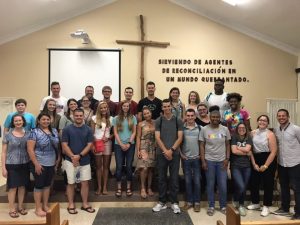 on their homes from hurricane Maria, and many places, including my home stay, does not have acceptable drinking water from the sink, so we have to rely on clean water through continually buying water bottles.
on their homes from hurricane Maria, and many places, including my home stay, does not have acceptable drinking water from the sink, so we have to rely on clean water through continually buying water bottles.
It is a blessing that God has granted us this wonderful opportunity to learn and engage with our world and those around us from far and wide. Our group continues to pray for guidance while we are here and blessings for continued learning and bonding. May God continue to open our eyes to those around us and place us where we can be of service to those around us through Him. More to come soon!
-Emily Lam
Mexico: beginnings
11 May
Our first weekend we were introduced to Mennonite Central Committee and Casa de los Amigos, the hostel/guest house where we stayed. Erica opened our discussion with a version of the Lord’s Prayer from a migrant perspective. Reflecting on that version was a good moment of assessing personal thoughts and a practice of empathy. Abbey talked about her experience volunteering at Casa for the year. She addressed the potential for a “white saviour complex” by intentionally building cultural competency and empathy. Her focus has been in holding people’s “sacred stories”, as a way of giving respect to individuals we encounter.
We also met with a church youth group in Ecatepec, (in the state of Mexico, on the outskirts of Mexico City.) Every single person was so friendly and welcoming. They taught us about different cultures in various regions of Mexico. Despite the language barrier we all got along great. Some of us made bets over hot salsa, and we played word games to practice our Spanish and their English. It was wonderful getting to know everyone, sharing in their music, and sharing dinner together…I really enjoyed getting the chance to converse with so many people in Spanish. Jessica, one of the girls from the youth group, and I connected over music and singing, despite my limited vocabulary.
-Emma Picht
South Africa: Soweto
Bumping along in our small, faulty-but-still-chugging bus driven by Baba, with mini Table Mountains lining the landscape of our three-day trip from Joburg to Capetown, we compile this blog, attempting to blend together these many thoughts from the past week. We’ve decided as a group to release this first week of learning over the course of four blog posts, focusing on the essential themes. Not only do we welcome your questions, but we ask for them. We will read them as a group, discuss, and answer as best we can; we’re excited to say we’re looking forward to starting the conversation.
This has been a week of seeing Soweto through the wrinkled eyes of its majority rather than through the tints of its flashy few. Coming from the lifestyle of privilege that is normal in the United States, it is so easy to magnetize to it in any new context we find ourselves… and globalization has made it so that we could access it anywhere in the world. It takes organizing and preparation to travel somewhere else in the world and plan a trip of honest encounter with the Other, an encounter of intentionality. I feel grateful to have leaders who know the context of South Africa well enough in this way to craft a cross cultural that illuminates the reality of the (black) majority, while intentionally juxtaposing the lifestyle of those who have convinced themselves to believe they’re above it. (system?)
The Apartheid Museum and insight provided by those who are guiding us through, including South African pals connected through the Anabaptist Network in South Africa (ANiSA), laid a foundation for understanding apartheid in South Africa (SA). This is a system strategically set in place in the early 20c to impart hate, to divide, and to confuse, so that the black majority would never have more power than the Afrikaner minority. Having at least some basis coming in to SA, a question many of us had coming in was: how similar or different is the people’s history of racial discrimination in SA to that of the US? A few gleanings learned from this past week made the answer to this question clearer:
- A similarity: The native makeup – there are 11 official languages and in the regions we’ve been to so far, you can usually assume a black person is either tribally Zulu, Xhosa, or Sotho. Most people speak far more languages than my mere one, which allows for translating and compromising. Our host mom said she is usually the one to compromise in a conversation – when she hears that the person’s accent is Xhosa she’ll switch from her native tongue of Zulu to Xhosa; when she hears a Sotho accent, she’ll switch to Sotho. Communities like the one in Orlando of Soweto that we stayed in are a “mixed masala” she says – all black ethnicities live on one block. In the US context, this is most similar to the Native American population with its multitude and diversity of tribes and cultures, comprising the first population to live on American soil. Similarly, Native Africans were on African soil for centuries prior to any white man stepping foot on it, sustaining thriving kingdoms and knowing the land and its resources as their own.
- A difference: The system of apartheid was socially engineered – “perfect racism”, says Trevor Noah. The Afrikaner of SA felt threatened by the black majority of nearly 80%. The government therefore travelled to and studied other instituted systems of racism around the world – in Australia, in the Nazi regime, and in the US and Canada. “Then they came back and published a report, and the government used that knowledge to build the most advanced system of racial oppression known to man.” Land rights became one of the main ways that apartheid was installed and established, despite the irony of true black ownership of the land (insert pic) Overall, there were over 3 thousand pages of laws written to suppress the agency and power of Black, Colored, and Indian people; a new law was created in reaction to any time a non-white person attempted to squirm free from the system.
- A difference: The US has never had anything like the Truth and Reconciliation Commission (TRC), for the deep harm that colonialism drove into the natives it subordinated, abused, and killed. We mainly learned about the TRC through Desmond Tutu’s book No Future Without Forgivenessand Pete Meiring, a TRC commissioner who spoke with us about his reflections and experiences on the commission. In wondering how to go about moving forward as a nation post-apartheid, brainstormers who were mainly theologians discussed whether it was preferred to have this process look more like Nuremberg (the typical retributive justice way), amnesia (forgive and forget), or a third way. That third way became “granting amnesty to individuals in exchange for a full disclosure relating to the crime for which amnesty was sought” (30). Tutu emphasizes that the basis of this third way is the concept of Ubuntu, which “speaks of the very essence of being human”, saying “I am human because I belong. I participate. I share.” “A person is a person through other persons; in other words, “my humanity is caught up, is inextricably bound up in yours” (31).
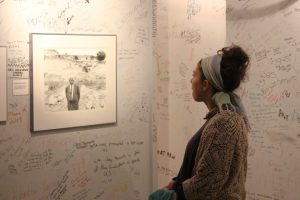 The interconnection of black struggle, around the world, became glaringly clear throughout this week. From the Foreword of a required reading by Steve Biko entitled “I Write What I Like,” which explores his philosophy called Black Consciousness:
The interconnection of black struggle, around the world, became glaringly clear throughout this week. From the Foreword of a required reading by Steve Biko entitled “I Write What I Like,” which explores his philosophy called Black Consciousness:
Biko’s Black Consciousness (in which the term “black” includes all people of color) stands on the shoulders of this history. It is grounded in the recognition of the high costs of truth. Biko wants the people, all people, to seewhat was going on in South Africa and all over the world. He wants us to see the connections between South African black townships, the black ghettoes in England, the United States, and Brazil, and the many similar communities in South Asia and the Middle East. Many of us share his insight today when we seek those whom we call ‘the blacks’ of their society, even if they may not be people of African descent.
Asturias, Spain & the Camino de Santiago
23 April 2019
It’s a place that reminds me of home, but feels utterly alien. We are constantly surrounded by green mountains on one side and the ocean on the other, with only a strip of land in between. Yet it is not my way, my camino, that draws my eyes as it may have in the US. It is the absolute contrast that I find in sweeping my eyes from left to right, rather than the dirt under my feet. Everyone calls Ireland the “Emerald Isle”, and thus from what I’ve seen, Asturias should be called the “Emerald Shore”. It is here, through conversations, through interacting with nature that God has opened my eyes and helped me to see. I see that, despite all my worrying, things turn out well. I see that, despite all my work, all my knowledge, I am insignificant to the world, yet I can do so much. I see that, despite my strengths, God can work through my weaknesses, but only if I can let myself be vulnerable and trust him. Trust him to guide my feet as I follow his way; trust him w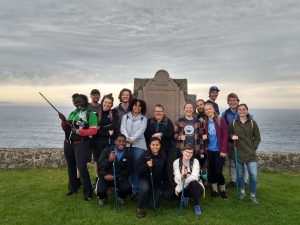 hen the path curves and doesn’t make sense; trust him to put me exactly where he needs me, when he needs me, especially when I think I know better. God’s way is like the Camino de Santiago. It twists and turns, is muddy, has crossroads, and is cluttered with whatever is blocking the way. But the blue and yellow shell signs pointing the way always appear. The mud eventually turns to dirt and to grass, and there is always a path through the obstructions. Following God isn’t always clear, but if we follow the way of Jesus, we’ll find a warm place at our journey’s end.
hen the path curves and doesn’t make sense; trust him to put me exactly where he needs me, when he needs me, especially when I think I know better. God’s way is like the Camino de Santiago. It twists and turns, is muddy, has crossroads, and is cluttered with whatever is blocking the way. But the blue and yellow shell signs pointing the way always appear. The mud eventually turns to dirt and to grass, and there is always a path through the obstructions. Following God isn’t always clear, but if we follow the way of Jesus, we’ll find a warm place at our journey’s end.
-Austin Engle
Spain: Cadíz
But the adventure won’t stop here, there are still two weeks more
Still studying, this is the last week of school though. We have an exam and final presentation on Wednesday and Thursday this week and we leave at noon on Friday to go to Córdoba for a few days and then to Llanes on the north coast for 4 days, and then after that we have free travel and returning to the US. Learning Spanish is harder here, since we’re all in one group together, and I have the worst Spanish out of everyone, but I still feel like I’ve been learning. Last Saturday and Sunday we were in Ceuta, which is a Spanish city on the north coast of Africa (surrounded by Morocco), learning about immigration. The Spanish border is appalling similar to the US border with Mexico, minus the guns. People desperately try to make it into Spain and a few do successfully, but the vast majority don’t make it and either get deported or held by Spanish border control. Some people who make it into Spain destroy their passports and official documents so the border patrol doesn’t know where to deport them to, when they are caught.
